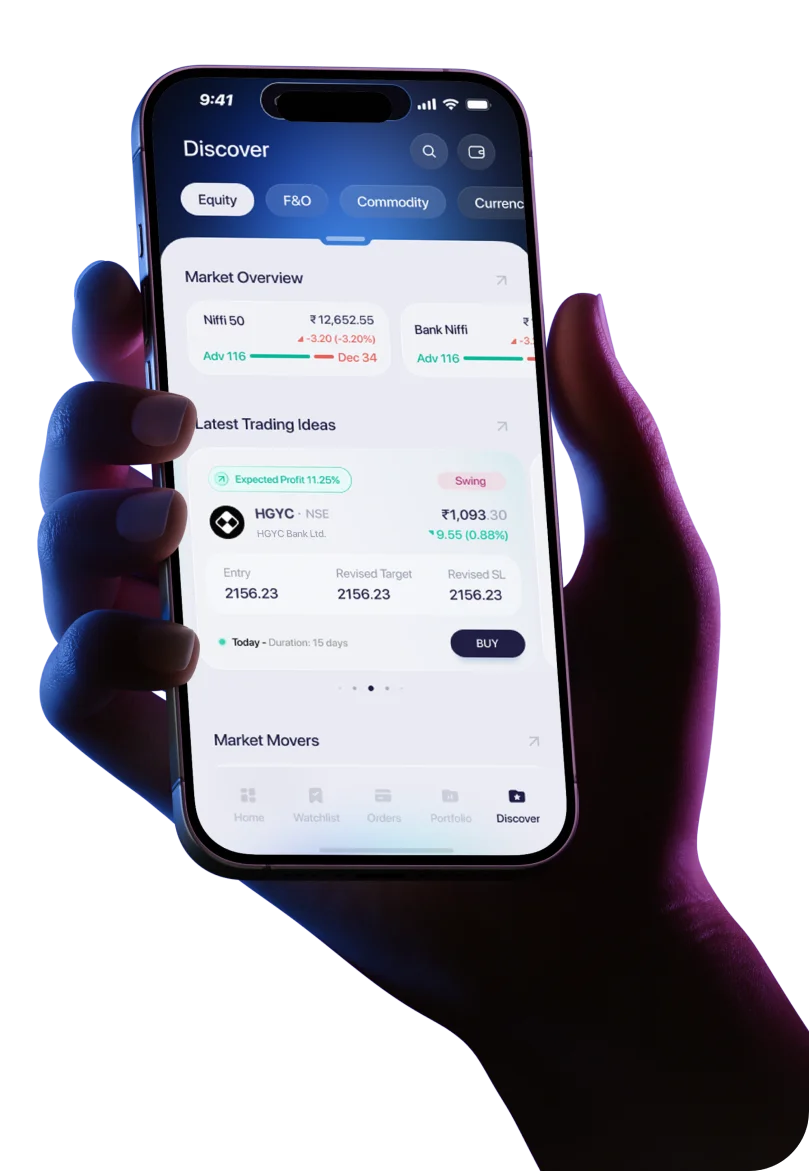The Multi Commodity Exchange (MCX) once again found itself in the spotlight after a four-hour trading halt this week. What looked like a routine disruption quickly turned into a deeper conversation on market infrastructure, system limits, and the watchdog’s rising concerns.
For a market that relies on real-time execution, a long pause like this creates uncertainty. And that’s exactly what unfolded on the day MCX halted operations.
Market Performance: A Day That Tested MCX Systems
The issue began with a sudden spike in trading activity.
A sharper-than-usual rise in volumes collided with system constraints, and the exchange could not keep up.
The result:
A four-hour MCX trading outage that paused activity across segments and left traders waiting for clarity.
What made the market more uneasy was the delay in identifying the root cause. That delay is now under the regulatory lens.
What Triggered the MCX Trading Halt
According to information shared with the regulator, the halt wasn’t triggered by a technical glitch or a network issue.
It was something more fundamental—a system hitting its upper limit.
MCX reported that its trading platform operates on predefined parameters. These parameters include thresholds on the number of unique client codes. Once this crossed the set capacity, the system began to slow, ultimately triggering the halt.
Key System Details
- The outage stemmed from a "capacity breach"—the system could not handle the spike in clients trading simultaneously.
- MCX’s internal limits on unique client codes created constraints once the threshold was exceeded.
- Even shifting operations to the disaster recovery site didn’t help, as the volume pressure followed the system there too.
- The exchange later clarified that its trading systems remain stable and that preventive steps have been initiated.
The episode highlights how trading volumes can pressure infrastructure when activity spikes unexpectedly.
Sebi’s View: Focus on System Capacity and Response Time
India’s market regulator, Sebi is now examining the disruption closely.
The concern is not just the outage, but the time taken to detect what caused it.
The regulator expects the root cause of such halts to be identified quickly so that trading can resume without extended downtime.
Here’s what is under regulatory focus:
Areas of Concern
- Delay in root-cause identification during the halt
- Ensuring faster response mechanisms for system overloads
- Need for stronger capacity planning to handle sudden trading spikes
- Understanding why disaster recovery procedures didn’t resolve the issue
Sebi may also push for system enhancements to prevent a repeat incident.
Impact on Traders: Losses Spark Escalation
The outage had a ripple effect on market participants, especially bullion traders.
As the market moved and prices corrected globally, many traders found themselves stuck in open positions. They couldn’t exit quickly, leading to losses that could have been avoided if trading had resumed on time.
This has prompted traders to take the matter up with an industry association, which plans to approach the regulator.
One bullion trader described the situation simply:
prices moved, positions turned costly, and without access to the platform, reaction time vanished.
Company Response: MCX Initiates Long-Term Fixes
In its statement, the Multi Commodity Exchange acknowledged the system limitations and confirmed that corrective actions are underway.
The exchange noted that it has taken steps to ensure that such constraints do not resurface during heavy volume days.
While the details of the enhancements are not public, the intention is clear—build enough capacity to absorb unexpected spikes.
Summary
The MCX trading halt underscores the growing need for capacity-ready, high-speed market infrastructure.
With Sebi reviewing the event and traders raising concerns, the focus now shifts to how quickly and efficiently MCX strengthens its systems.
Key Takeaways
- MCX faced a four-hour halt due to a capacity breach.
- The issue stemmed from unique client code thresholds crossing limits during a volume spike.
- Sebi is reviewing delays in identifying the cause of the halt.
- Disaster recovery systems couldn’t bypass the capacity issue.
- Traders experienced losses as they couldn’t exit positions during global price correction.
- MCX has initiated steps to prevent similar disruptions.




 Easy & quick
Easy & quick
Leave A Comment?